What and how to feed garlic?
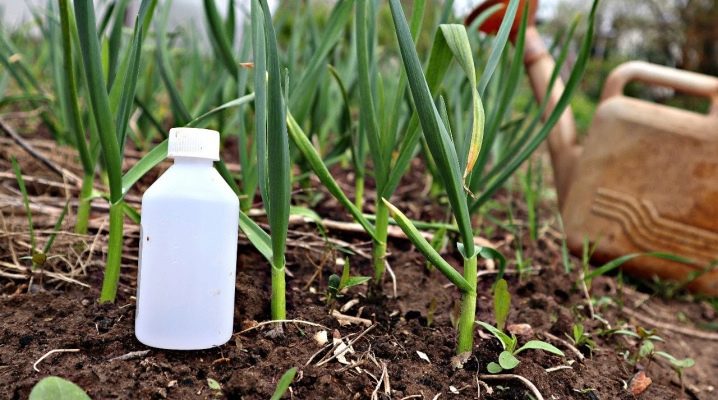
While garlic can always be found commercially, it is often grown in household plots. Correct and regular feeding during the growing season is of great importance, because only thanks to them you can get a good harvest. Novice gardeners are often interested in what fertilizing is best to use, in what quantities, when it is best to apply them. We will talk about this in the article.

Timing
Fertilizers are applied not only in the fall, before planting, but also in the spring and even in the summer. The main thing is to know the proportions, terms, so that feeding will bring a positive result.
Autumn
From the autumn period, the preparation of a place for planting garlic begins. Two weeks before planting, you can make the first top dressing. Any experienced gardener will say that without the proper amount of nutrients in the soil, it will not work to get a high-quality harvest of garlic. The soil that has been found to have a high level of acidity is not suitable for growing garlic, its leaves turn yellow.
Therefore, before starting feeding, it is necessary to reduce this indicator.
If the place for the garlic has a high acidity, it is necessary to add lime, preferably slaked, and you can also add a substance in which there is a lot of calcium to the soil. These are usually eggshells, but it is difficult to get them in large quantities, so wood ash is great.
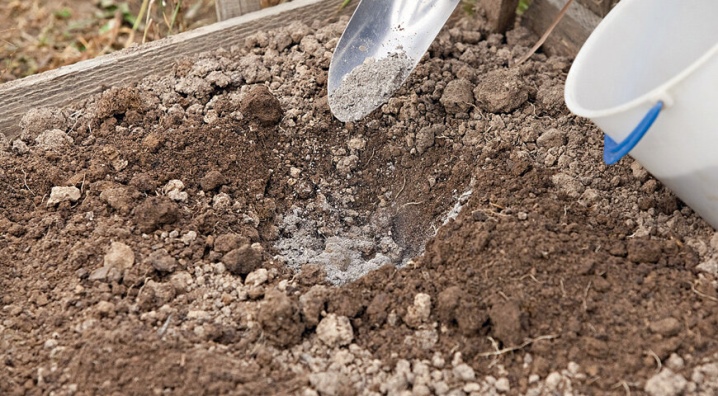
It is useful to supplement the soil with the following mixtures:
- sand and peat (bucket), which help improve the quality of heavy and clay soil;
- clay and peat - for sandy areas;
- clay and sand - for peat bogs.
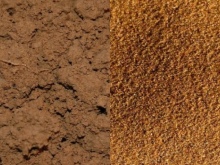
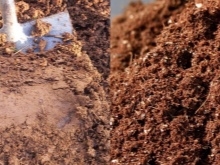
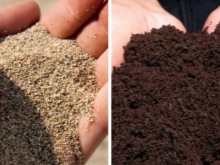
If you add the necessary fertilizers to the soil in early autumn, you can easily improve the structure of the soil and provide it with nutrients. Until spring, organic matter and mineral complexes will be able to dissolve.
There are many schemes for applying top dressing, and each is tested by experience. Here are two of the most effective.
- In the process of digging the site, it is advised to immediately add superphosphate in the amount of 20 grams, as well as humus (5 kg per square meter).
- If compost or rotted manure is put, then 4-5 kg of them will be required per working square of the area, while additional potassium salt is used in the amount of 25 grams and granules of double superphosphate are placed. The latter need 35 g per square meter.
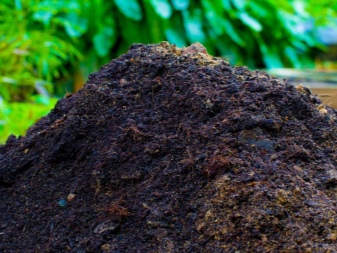
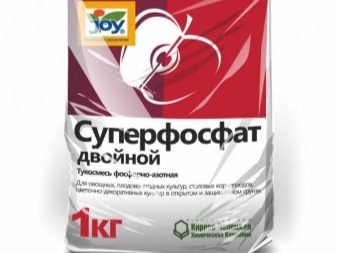
If the compost was harvested independently, then it can be used in large quantities. They cover the sown area before digging, up to 11 kg can be taken per 1 square meter. Well-maturing compost is the optimal organic matter for any area. Organic matter mixed with other components is evenly distributed over the soil surface and gently dug with the soil to the depth of the shovel.
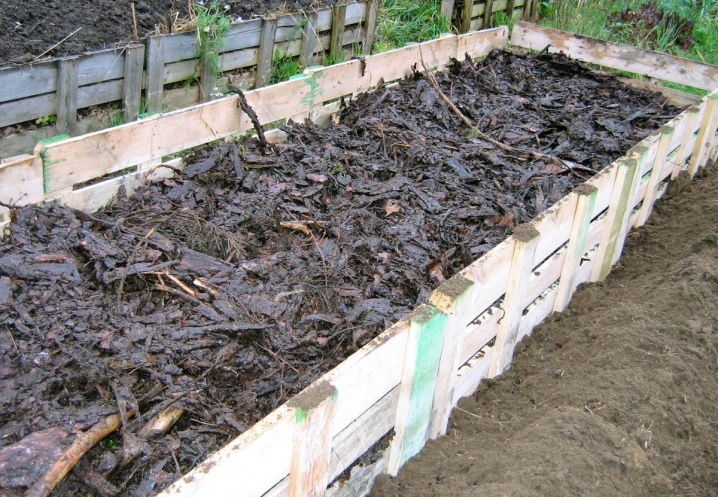
In addition to these mixtures, other options are well suited for autumn garlic in the following proportions.
- Potassium salt in an amount of 20 g and granular superphosphate (30 g) are mixed with humus, which will take half a bucket. The use of peat is also allowed, but then you need 1 bucket. This ratio of ingredients is calculated per square meter.
- Add 0.5 liters of ash solution to one bucket of humus, and then put several large tablespoons of potassium sulfate and one spoonful of double superphosphate there.
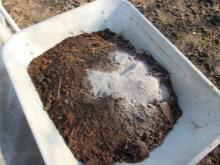
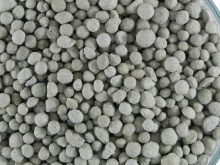
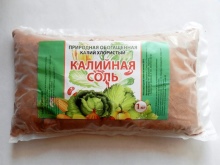
There are many types of organics that are used to feed the described vegetable. This is both grass and old leaves, which are mixed with ash, superphosphate and nitrophosphate. The last three elements need a tablespoon each, and foliage - 3 kilograms.

Important: it is not recommended to use nitrogen-containing fertilizers in autumn. This will lead to active growth of seedlings, which is undesirable before winter. Take, for example, urea, ammonia, calcium or sodium nitrate as nitrogen substitutes. The amount of any component should be half that of phosphorus and potassium.
Spring
Winter and spring garlic are some of the most demanding crops. Fertilizing helps vegetables get the protection they need from disease. This garlic perfectly withstands adverse environmental factors. In addition, a plant that has grown strong and sufficiently developed can independently displace weeds from the site.
In addition to increasing the volume of the heads, fertilizer helps to improve the properties of vegetables that have a special flavor. Due to this, the cost of such a crop is significantly higher on the market. But you should not abuse the use of fertilizers in the spring, because from an excess of micro- and macroelements in the soil, weeds can go into uncontrolled growth, and they often destroy the garlic plantation.
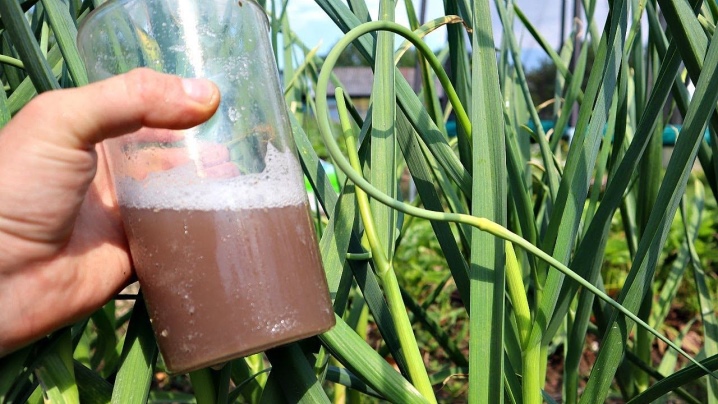
In the spring, certain recommendations must be followed:
- it is necessary to feed garlic for the first time 14-16 days before planting;
- fertilizers should be selected, taking into account the basic needs of plants for some trace elements, therefore it is so important to first study the type and composition of the soil;
- it is advisable to fertilize the soil at dawn or after dusk, which avoids evaporation of solutions under the influence of ultraviolet radiation;
- when applying dry fertilizers, the soil must be moistened, otherwise their digestibility is significantly reduced;
- do not exceed the dosage of funds, otherwise burns may appear, as a result of which the garlic will simply die.

Spring feeding provides a three-step process.
- A week after the snow melts, the first feeding can be carried out.... It helps garlic to promote growth and hardening in the soil. During this period, mineral complexes based on urea or its other compounds are needed.
- The second feeding will be required 14 days after the first, around May. Experts advise using liquid fertilizers. It is very important that they consist of potassium, phosphorus and a small amount of nitrogen.
- The third top dressing must be applied in July.... Thanks to her, garlic arrows do not appear too early, which pulls the juice over themselves, because of which the root crop ceases to actively form. The heads will be large if the plant is fed at this stage with nitrogen compounds. The most common remedy is wood ash.
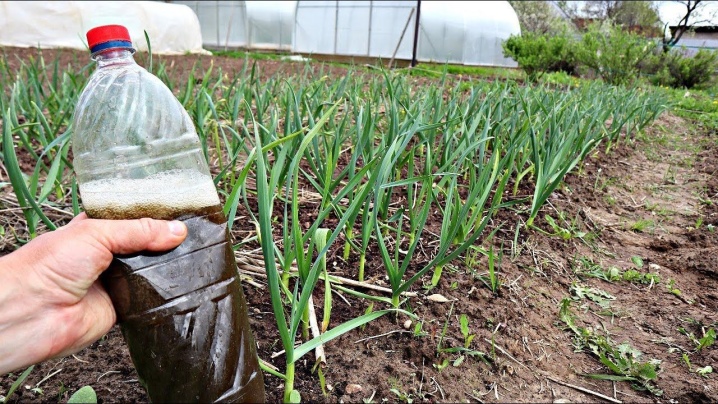
The first two items can be moved 7-14 days, the third must be completed on time. If this is not done, then the effect of the due can not be expected. Or there will be a lack of green mass.
Summer
Summer fertilizers are just as important for the described vegetable as autumn or spring ones. They are usually applied 30 days before harvest. Top dressing in the summer is the third stage in the introduction of trace elements into the soil. This is the time of head formation when the plant desperately needs potassium and phosphorus. Therefore, plant breeders actively use superphosphate. The drug is diluted in the following proportion: two large spoons per ten-liter container. Top dressing consumption is 4-5 liters of finished liquid per 1 m2.
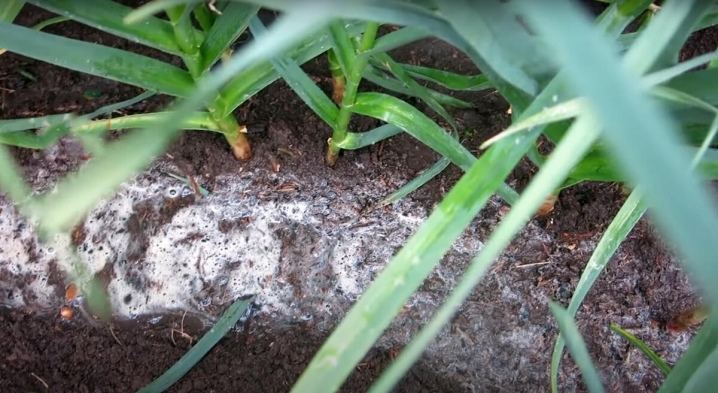
Types of organic fertilizers
All plants respond well to organics, and spring (planted before winter) garlic is no exception. This is because the nutrients contained in organic matter are released faster in the soil. To enrich the soil, you can use humate, or you can consider other options.
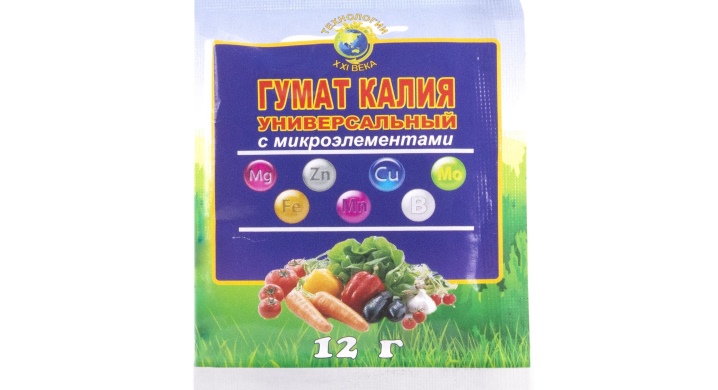
The following products are commonly used as organic fertilizers.
- Manure... Quantity - 1-3 kg / 1 m2.
- Chicken droppings. It is best to add it to the soil in liquid (1 kg / 7-10 l of water) or dry (no more than 1-2 kg / 1 m2).
- Mullein... It is brought in a liquid form and is consumed in an amount of 1 kg / 7 liters.The solution is poured over the plants.
- Compost... Represents decayed plants or food waste. Such dressing is spread over the surface of the soil in a uniform layer (2-3 kg / 1 m2), it helps to enrich the garlic in the open field and is often used to increase the head of garlic.
- Peat... It is taken 1-3 kg per square meter.
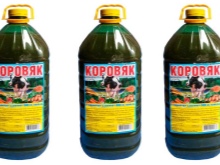
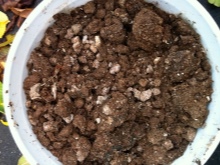
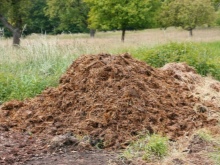
Most often, such fertilizers are used on weak soils with low acidity (sandy, silty soil). They improve the structure of the soil and enrich it with important nutrients. It is worth saying that organic matter regulates the pH of the soil well, and this is important if you want to get a large harvest of garlic.
For growing winter garlic, it is also advisable to use nitrogen fertilizers, but in small quantities, otherwise you can get abundant greens and a small fruit. Spraying with potassium permanganate is also useful. This remedy helps a lot against late blight. To better set a garlic head, the use of humate is allowed, or urea can be diluted.
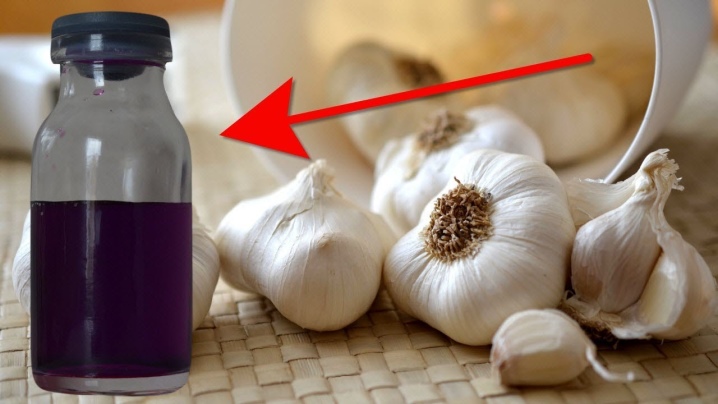
Fresh manure works well if you use it as a root top dressing, but you should not use this tool in the fall: the heads will be loose, and such garlic is most often infected with fungal pathogens. Manure is the best way to fertilize the soil in the spring.

It is imperative to dilute it with water, the ratio used is 1: 6. Repeat this procedure 2-3 times throughout the growing season.
It has long established itself as a top dressing and ash. It is introduced together with compost, then future garlic beds are necessarily dug up. Ash can be added directly to the wells during planting. It is even allowed to water the soil with an ash solution after planting the garlic, but this should only be done after a few weeks.
To create a product, you only need 1 large spoonful of ash and a liter of water. Consumption - 2-3 liters per square meter of planting. This top dressing is a multicomponent fertilizer, which contains many trace elements, so its application promotes the growth of garlic.
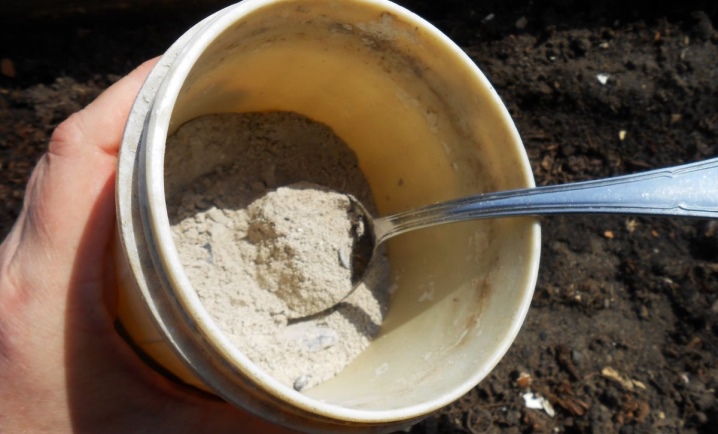
If garlic does not grow well, other folk remedies are often used.
- Infusion of nettle. For its preparation, a container of 10 liters is taken, which must be filled by a third with fresh chopped grass and filled with water. The mixture should stand for 2 to 5 days, after which you can water the garlic with it. Before use, the concentrate must be diluted with water.
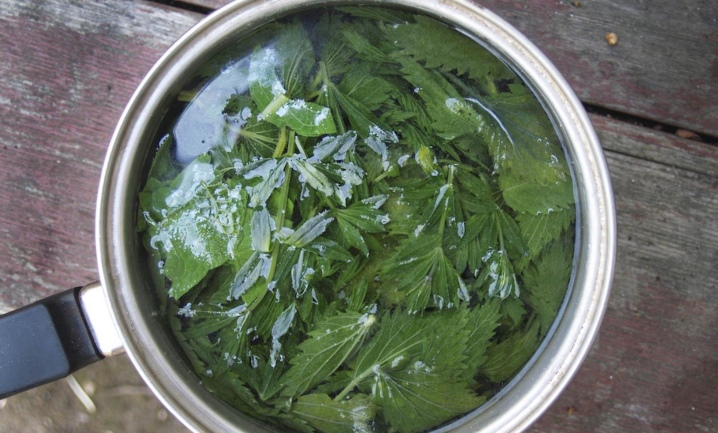
- Shredded Wood Ash... On its basis, a solution is prepared with water (200 g / 10 l), with which the roots are well moistened, and also watering is carried out in the intervals between the rows. Ash not only plays the role of fertilizer, but also helps protect the described vegetable from all types of pests, including the worm.
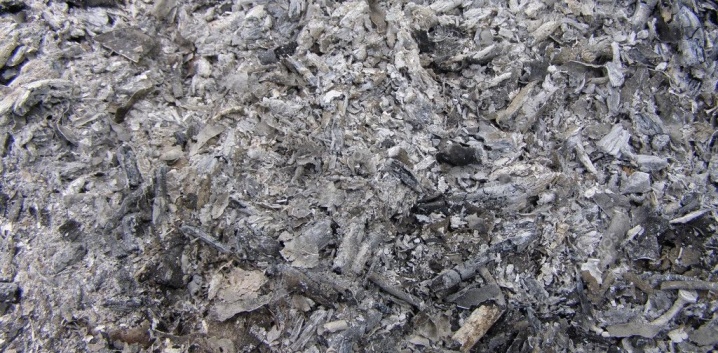
- Ammonia... A weak solution is prepared (25 ml / 10 l of water), then the soil is well moistened with it.
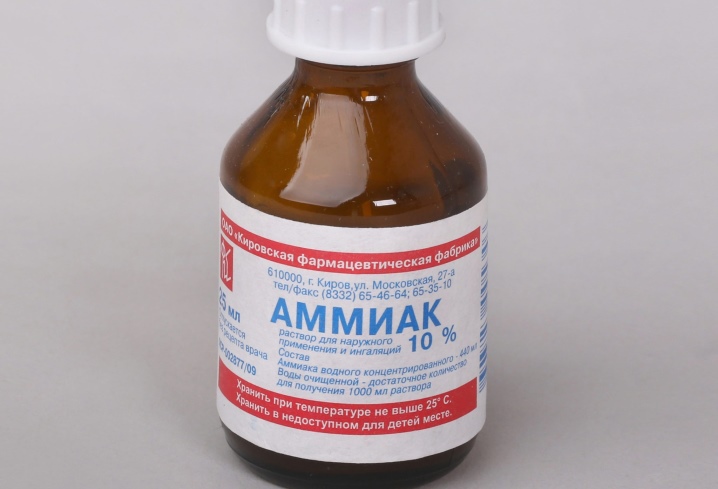
- Sawdust... Waste wood is generously scattered over the planting area (1-2 kg / 1 m2), after which the soil is carefully dug up. This fertilizer is ideal for heavy soils as it makes the substrate lighter.
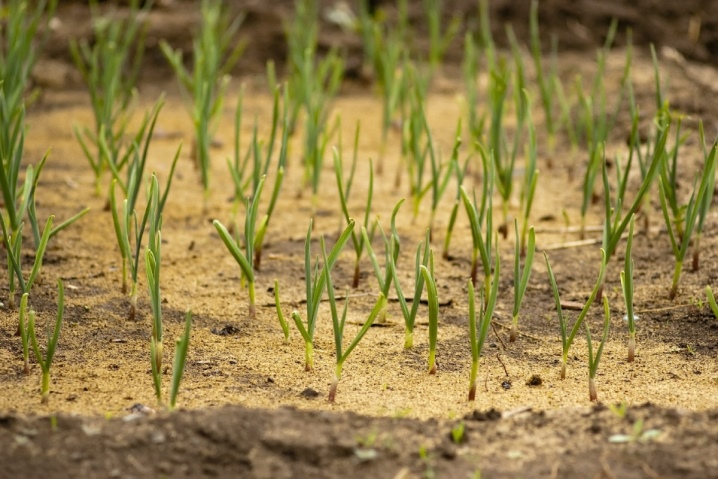
- Nutritional yeast... About 50 g is stirred in 1 liter of warm water and left to infuse for 2-3 hours. Then the solution will need to be diluted with water in a ratio of 1: 5 and used for irrigation. The use of such feeding is especially useful, because it helps the plants quickly take root and are saturated with vitamins.
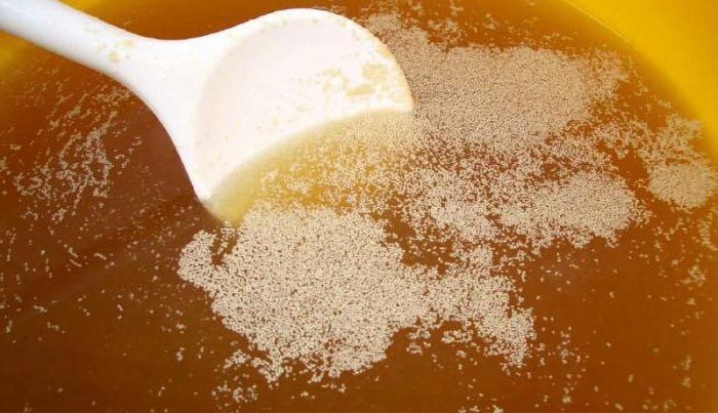
- Hydrogen peroxide. Its main goal is to remove pathogenic microorganisms, but gardeners have long understood that this tool can nourish vegetables and stimulate their development at the stage of active growth. The drug is used to saturate the soil with oxygen, which has a beneficial effect on the growth of the vegetable. For irrigation, take two tablespoons of a 3% product and dissolve in a liter of water. Plants are moistened with this liquid immediately after the first seedlings appear, at the very beginning of the spring season.

Also, this tool is used to treat already mature plants.This provides them with the necessary nutrition during the period when there is active growth.
- Iodine... Top dressing with iodine makes the soil more fertile and pushes the garlic to grow heads and greens. This is especially important if planting is carried out in peat soil. To prepare a solution, you need to take 40 drops of iodine with a concentration of 5% in a ten-liter container. Most often, iodized liquid is used as a foliar feeding at the stage when the fetus is forming. It is allowed to water with a solution of iodine mixed with hydrogen peroxide.
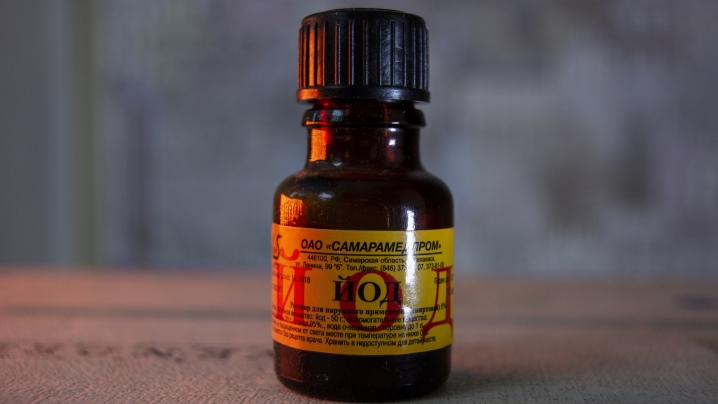
- Salt... A saline solution, which is widely used for processing onions and garlic, is used by gardeners with great experience in the spring, when the length of the feathers reaches about 100 mm. Such watering is carried out twice, with an interval of a week. You need to take 3 large spoons and dilute them in a bucket of water. Such a solution has a negative effect on pests and at the same time activates plants.
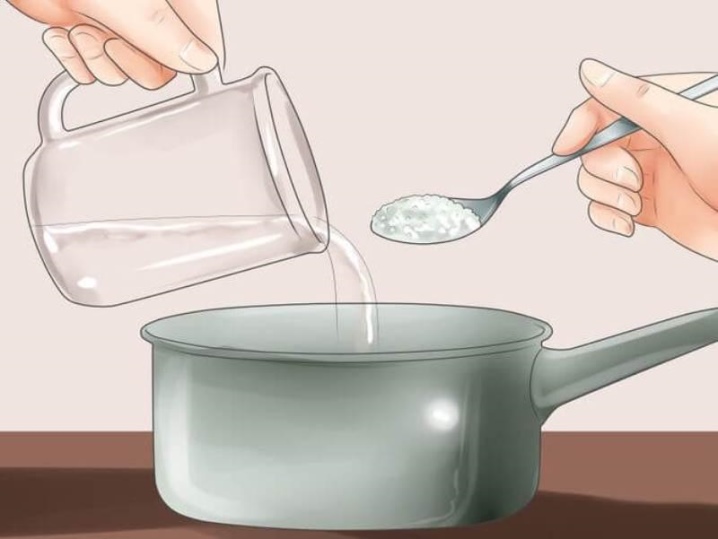
There are other folk remedies used as an inexpensive way to feed garlic. Some growers even water the culture with a solution of kefir or whey.
Mineral fertilizers
Together with organic matter, mineral complexes will also be required to be added to the soil for garlic. Fortunately, deficiencies in certain elements in garlic have symptoms. Unreasonable growth suppression and staining indicate phosphorus deficiency. Potassium deficiency manifests itself as thin stems.
Recommended doses of mineral fertilizers:
- nitrogen - 90 kg / ha;
- phosphorus - 80 kg / ha;
- potassium - 150 kg per hectare.
In the case of growing autumn garlic, fertilizing with phosphorus and potassium is used when plowing the soil a month before planting, but nitrogen fertilizing is carried out only in the spring, after the emergence of shoots. In addition, the nitrogen dose can be halved. The first procedure should be scheduled in early spring, and the second after 4 weeks.
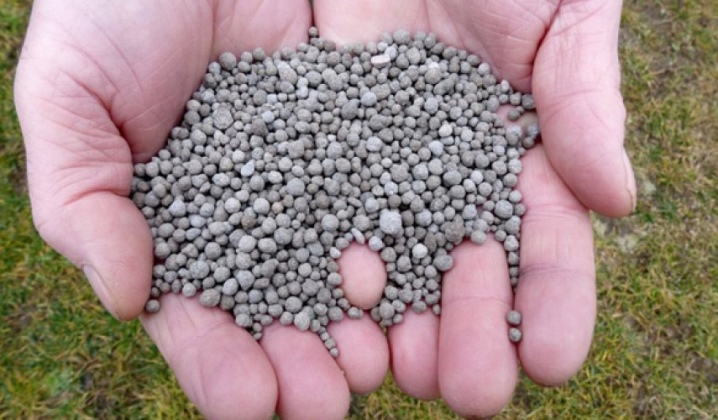
The modern market is overflowing with special fertilizers, among which are:
- phosphorus-potassium dressing;
- monopotassium phosphate;
- potassium sulfate;
- ammonia;
- potassium sulfate;
- mixtures with sulfur in the composition;
- boric acid.
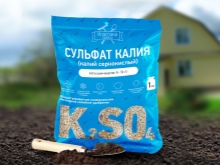
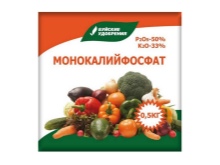
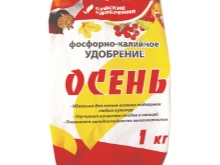
It is necessary to use such dressings strictly according to the instructions, otherwise you can only harm the plants. It is also worth saying that mineral fertilizers are best of all in the soil, where there is a lot of humus.
They allow you to quickly eliminate the lack of basic elements that the plant requires for the normal development of the head of garlic, and also provide the soil with the necessary micro and macro elements.
Before buying a specific mineral complex, it is important to assess the general condition of the soil. This will require an analysis of the situation based on the following factors that affect the amount of nutrients in the soil and the level of their leaching out of it:
- general soil fertility;
- acidity;
- lighting level;
- previous culture.

Based on the information received, garlic is fed with the following means.
- Urea take 50 g per ten-liter container. The product is suitable for soils with little nitrogen.
- Nitrofoski requires 100 g for 10-12 liters of liquid. It is a universal remedy with a high nitrogen content, and with it potassium and phosphorus. Used on land where their deficiency has been identified.
- Nitroammofoska (60 g / 10 l of water) gives the soil the necessary compounds.
- Superphosphate (60 g / 10-12 l of water) - an ideal solution for soils with a large lack of phosphorus and with a neutral pH.
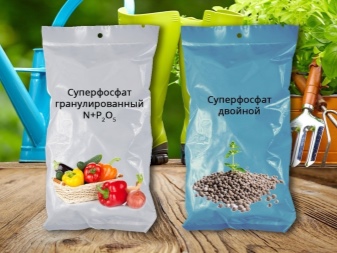

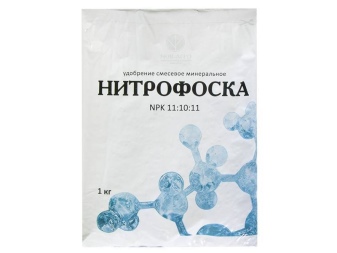
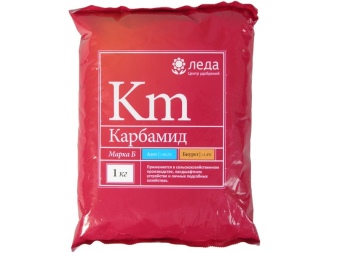
Important: the use of mineral complexes is the most effective. It is better to use several types, taking a break between fertilizing for several days.
Application schemes
You can give the necessary trace elements to garlic in two ways: root and foliar. Each should be discussed separately.

Root
Throughout the growing season, garlic is root-fed three times... It is worth starting after the appearance of 3-4 feathers on the plant. The main goal is to grow greenery.One of the best options is urea. 1 liter of liquid requires 15 grams. You will need at least 2.5-3 liters per landing square.
The second time the garlic is fed at the end of May, but after the first fertilization, 2.5 weeks should have passed. Experienced gardeners use nitroammophoska and nitrophosphate. At this time, garlic requires nitrogen, potassium, phosphorus. They are in the required quantity in the specified fertilizers. A ten-liter container will require 2 tablespoons of substances. 4 liters of fertilizer are poured into one square.
The third time is fertilized at the root during the pouring of the head. The best fertilizer for garlic to be large is superphosphate. To prepare a slurry, add 2 large spoons of fertilizer to a ten-liter container of water. Next, you need to water at the root of the plant.
Top dressing of garlic with ammonium nitrate is not used with increased acidity of the soil, since it is an acidic fertilizer. If the soil shows a neutral pH, then you can make a working solution, for this you need to take two large spoons of the substance and dilute them in ten liters of liquid.
You can also use ammonium sulfate: Dissolve 3 tablespoons in 10 liters of water. The solution is injected under the root of the plant. Fertilizer is usually used to acidify the soil and is applied very carefully in areas with acidic soil.
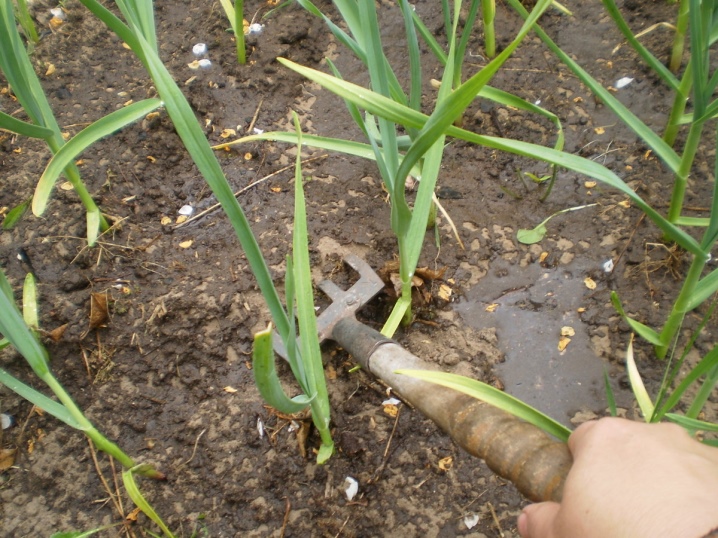
Foliar
Plants are able to receive nutrients not only through the root system, but also through the leaves. Garlic is no exception. The root method of micronutrient application is not always sufficient to obtain a good harvest. Garlic also requires foliar feeding. To do this, you will need to spray the plants.
Garlic is sensitive to a deficiency of components such as magnesium, calcium, boron. He responds positively to the introduction of these trace elements by spraying. Large garlic requires urea and boric acid, which work well for spraying.
Do not neglect these dressings, as they give an impetus to the development of culture.
It is worth remembering that The nutrient content of foliar spray formulations is always lower than that of root fertilizer solutions. It is necessary to process plants after sunset and when there is no rain. If it rains after the procedure, you should repeat everything in a few days.
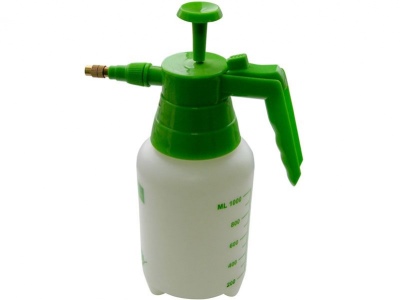













The comment was sent successfully.